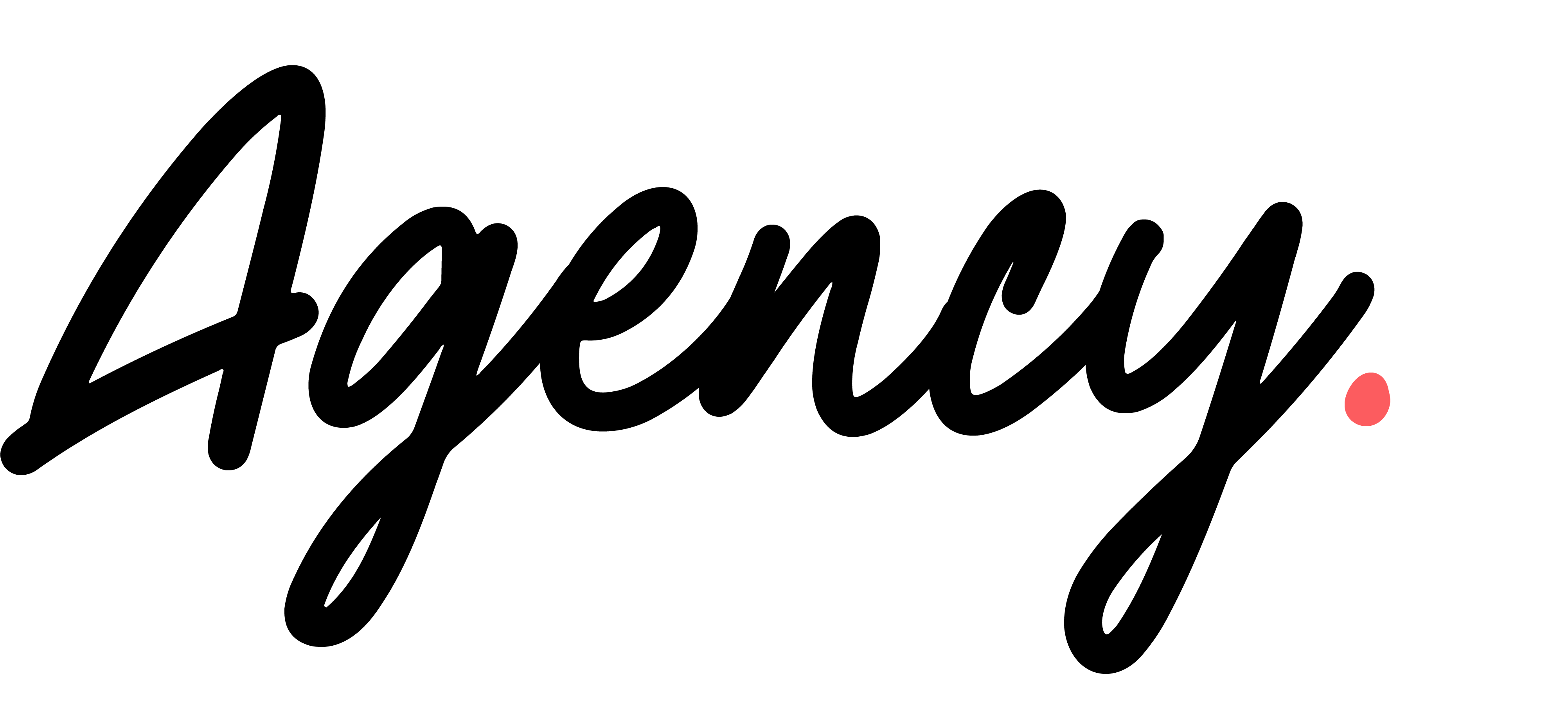UI vs. UX: What’s the Difference and Why It Matters
- Kitti Derda

- Mar 22
- 3 min read
In today’s tech landscape, UI (User Interface) and UX (User Experience) are two buzzwords that come up repeatedly. While they are closely related, they represent different aspects of digital product design. Many people still mix them up, but knowing the difference is essential for anyone involved in developing or marketing a product. Understanding these concepts can lead to more effective designs, improved user satisfaction, and ultimately, business success.
Defining UI and UX
UI refers to the graphical layout of an application. It includes everything that a user interacts with—buttons, sliders, text fields, images, and other interface elements. For example, consider a popular app like Instagram. The clean layout, easy-to-access buttons, and engaging visuals all contribute to its UI. A well-designed UI should be not just appealing but also intuitive, enabling users to navigate effortlessly through an app or website.
On the other hand, UX is focused on the overall experience a user has with a product. This includes usability, accessibility, and how enjoyable the experience feels. UX considers how users feel during their interactions, how easily they can find information, and whether their needs are met throughout their journey. An example is Amazon's checkout process, which prioritizes speed and simplicity, creating a seamless experience that encourages users to complete their purchases.
Why Understanding the Difference Matters
Recognizing the distinction between UI and UX is vital for creating effective digital products. An app might feature a beautiful UI but still offer a poor UX if it is challenging to navigate. For instance, a recent study from Salesforce revealed that 70% of consumers say a company's understanding of their individual needs influences their loyalty. If a user struggles to find what they need due to a chaotic UI, they may abandon the product altogether.
Organizations that grasp this difference can tailor their products to user needs, boosting customer satisfaction and increasing loyalty. As reported by Adobe, companies with a strong customer experience focus see revenue growth rates of 4-8% above their market average. This demonstrates that investing in both UI and UX not only enhances the product but also drives business success.
The Role of UI in User Experience
UI is crucial for shaping the user's experience. A well-structured UI enhances usability, allowing users to easily navigate and achieve their goals. For instance, a website like Dropbox uses a minimalist design that helps users stay oriented and find what they need without distractions. Effective UI design not only improves usability but also encourages user engagement. Eye-catching interfaces filled with thoughtful interactions can make a product enjoyable to use, prompting users to return. An engaging UI can lead to higher user retention rates, which studies show can be a significant factor in a product’s long-term success.
The Importance of UX in Product Development
Investing in UX can dramatically influence a product's success. According to HubSpot, companies that prioritize UX can see conversion rates increase by up to 400%. A positive user experience often correlates with user retention and recommendations to others. When users feel satisfied with how a product works, they are more likely to share their experience with friends and colleagues.
UX research also helps teams understand their users better. Techniques like surveys and user testing can gather valuable insights that guide product improvements. For example, gather feedback on a feature that users find confusing. If 60% of users express difficulty with a specific function, that data can direct teams to areas needing refinement. This iterative feedback loop ensures the final product aligns with user needs and expectations, greatly improving its effectiveness.
Final Thoughts
In summary, while UI and UX are different concepts, they are interrelated and both essential for creating successful digital products. A clear understanding of both can elevate product design and improve user satisfaction. Companies that prioritize both UI and UX lead to more engaging, user-friendly applications that differentiate them in a crowded marketplace.
By investing in these two areas, businesses not only attract users but also retain them by providing delightful experiences. Understanding the differences between UI and UX is more than just a detail; it’s about adopting a user-centered approach in product development to achieve greater success.






Comments